 and on any given day you can see women on the shores washing dishes and laundry and collecting water to take home for cooking and drinking. They are taught to boil their water before drinking it but boiling requires fuel which is in short supply. Sometimes we see people in communities that are farther from the lake collecting water from large puddles or small ponds that arise after a rain.
and on any given day you can see women on the shores washing dishes and laundry and collecting water to take home for cooking and drinking. They are taught to boil their water before drinking it but boiling requires fuel which is in short supply. Sometimes we see people in communities that are farther from the lake collecting water from large puddles or small ponds that arise after a rain.Lack of waste treatment or sewer systems leads people to use pit toilets or latrines near their homes which can leach into the water table. Farm animals are also brought to the shores to drink water leaving piles of their excrement on the beaches. These conditions put people at risk of becoming infected with different parasites including helminthes or worms.
These infections are so common that it’s accepted medical protocol here to treat all kids every 6 months beginning at 6 months of age. Untreated, the infestations lead to iron deficiency anemia, malnutrition, diarrhea and worse symptoms. We often see kids with the big “belly full of worms” when we’re out walking. The treatment is easy enough- one dose of Mebendazole or Levimasole is often all that’s needed. Our mobile clinic staff goes out to the schools in our catchment area every February and October to administer “deworming” medicine and this month we were able to go along to assist.
 so the 4 of us rode the 8 AM ferry to the
so the 4 of us rode the 8 AM ferry to the 
The catch was meager in relation to the number of people needed to haul in the nets but everyone seemed pleased. As we walked into the village centre we saw a man building one of the traditional boats. Known as a dhow, the boats were originally designed after the Arab fishermen and slave traders’ boats that once sailed on 
When we arrived at the primary school, our mobile team was already there and getting set up

With our work done, we decided to walk instead of ride back to the clinic. Because Aneko is an island we first took a short boat ride across a river. 
Later in the day Becky and Judi helped me post about 350 of our photos on the clinic walls. We’ve taken pictures of people we meet in the clinic and on our walks and always get asked “when can I get a copy?” The short answer is “3 or more months from now.” No one seems surprised.
I sent a CD of photos to my sister Francesca who had prints made and sent them back with our friends. As soon as we started to post them, people crowded around in interest. They no longer worried about being





























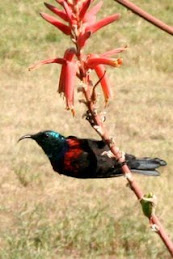

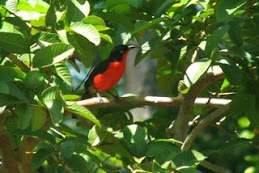
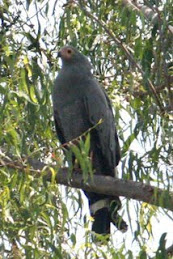






































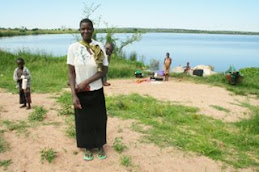

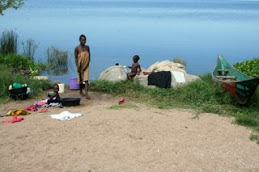

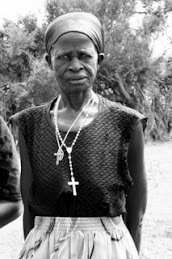






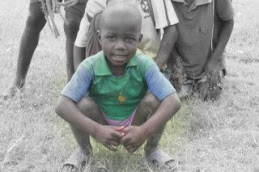


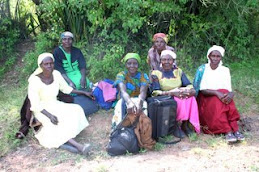

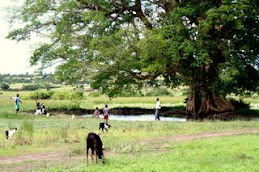






































































































No comments:
Post a Comment